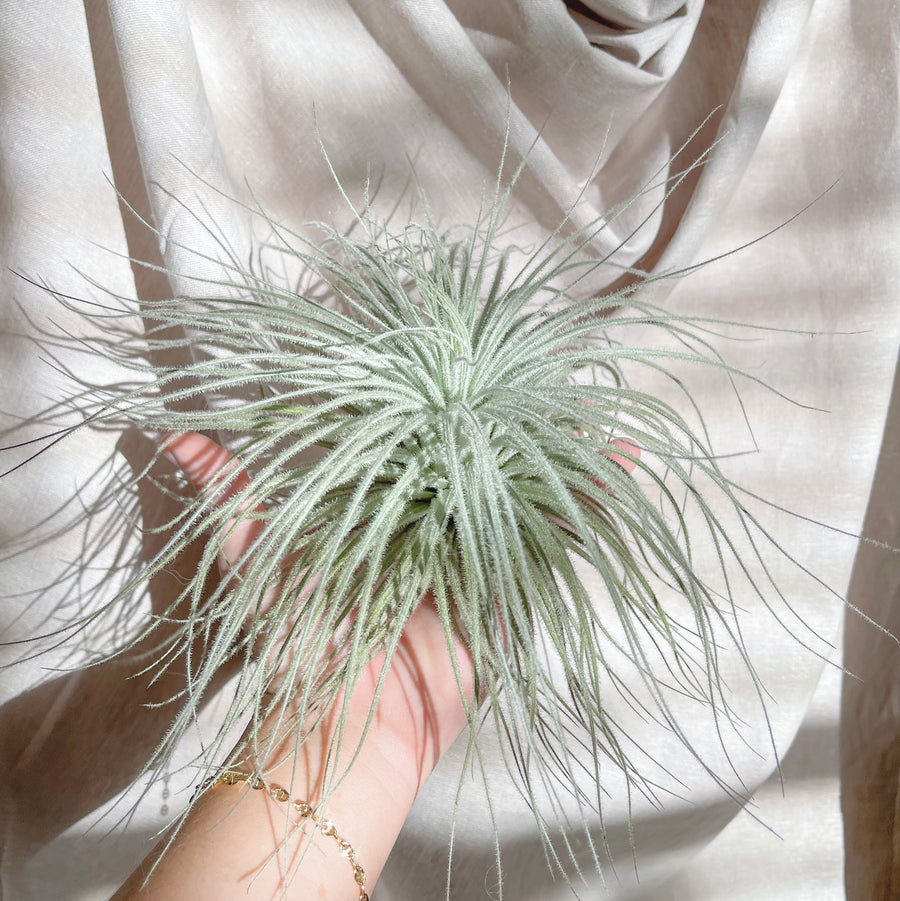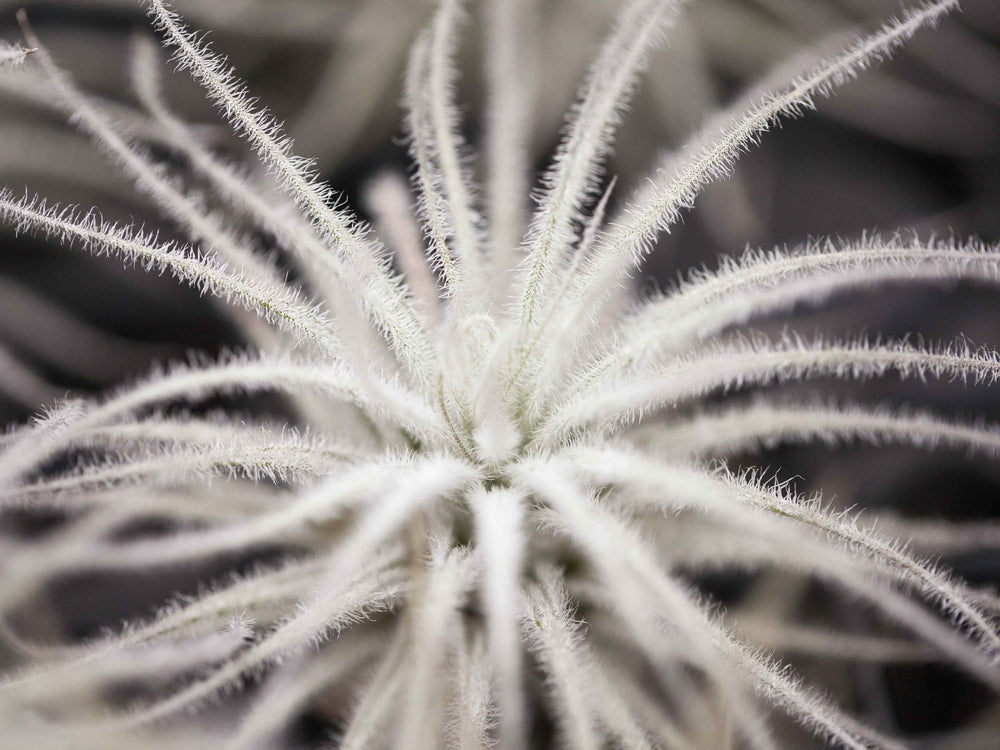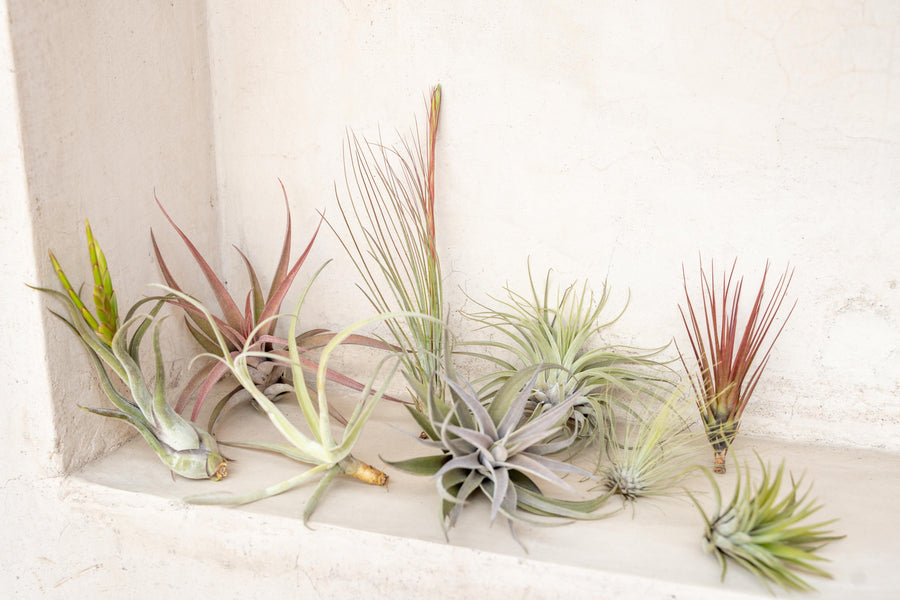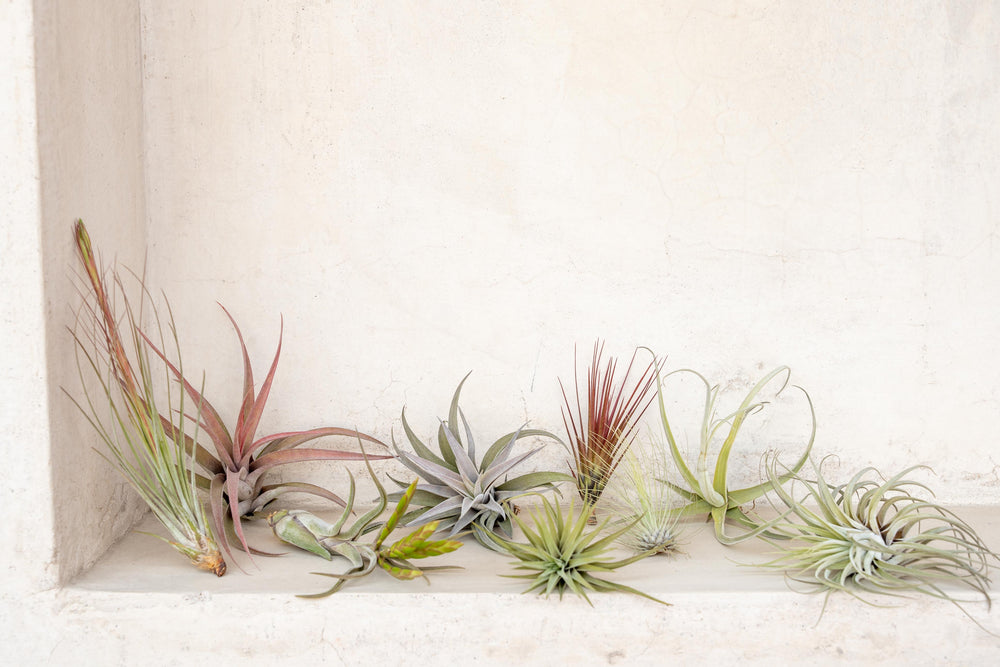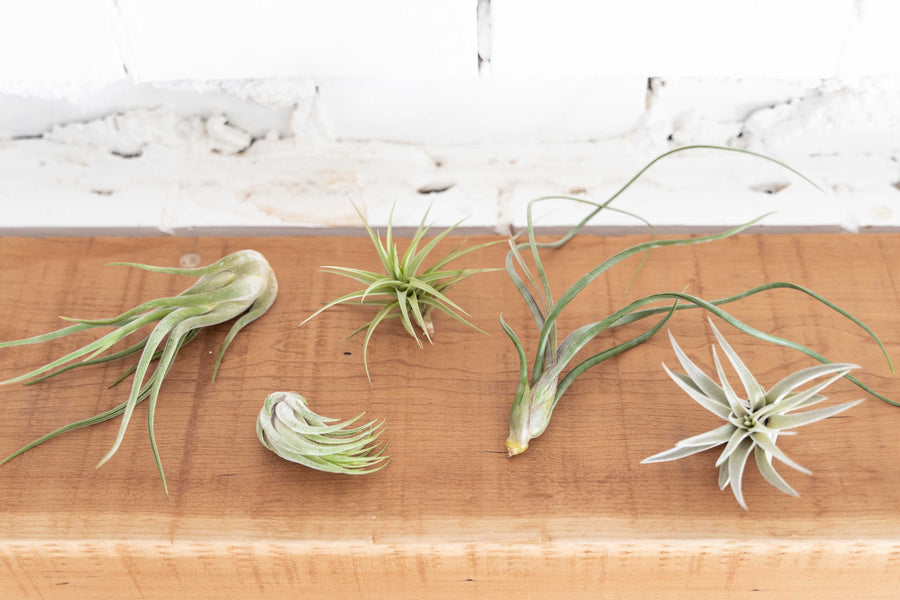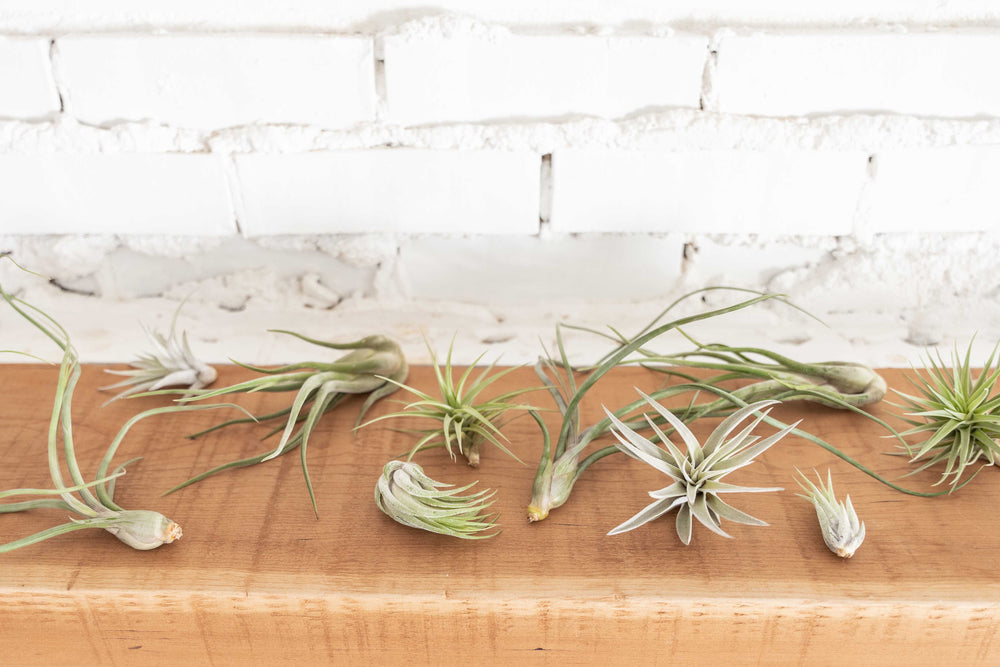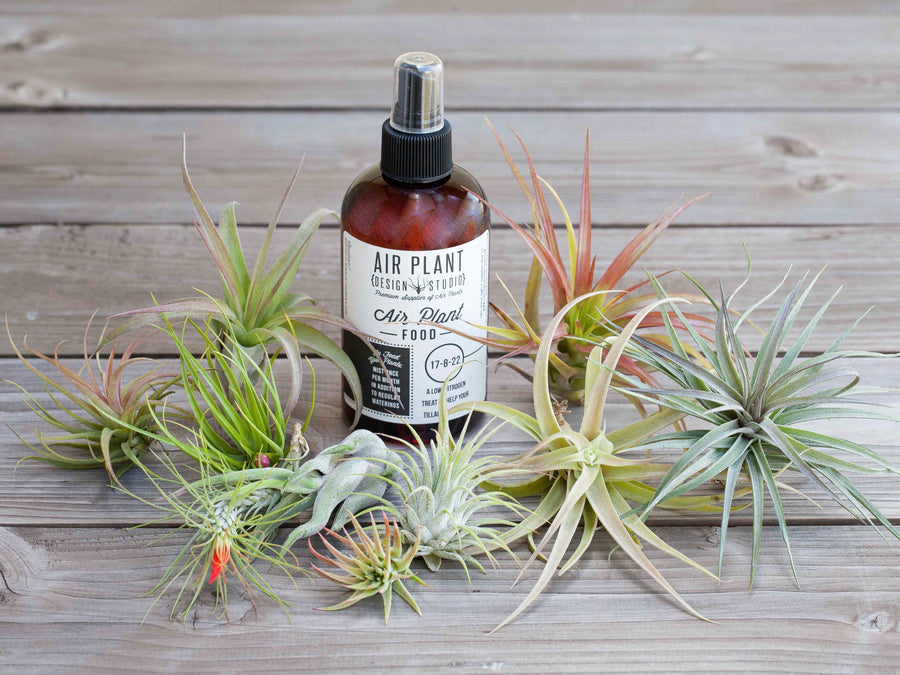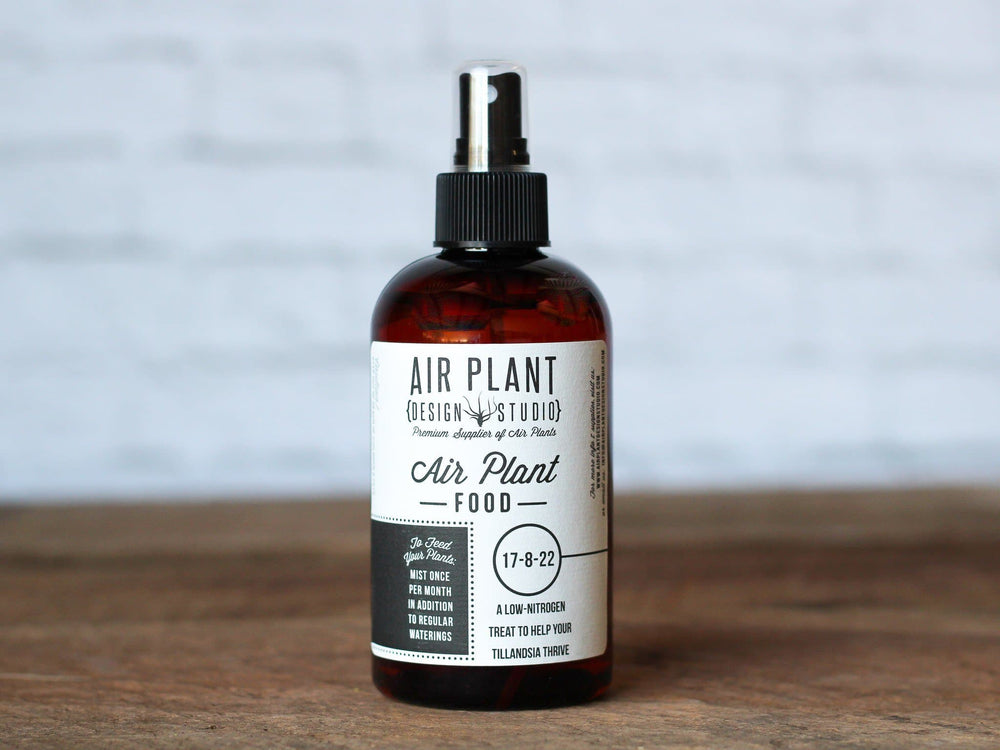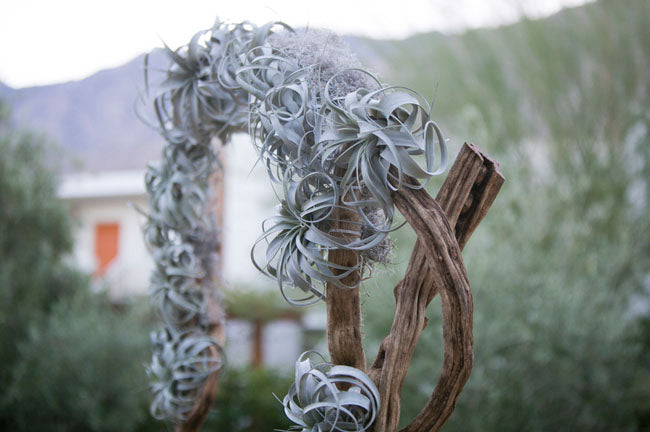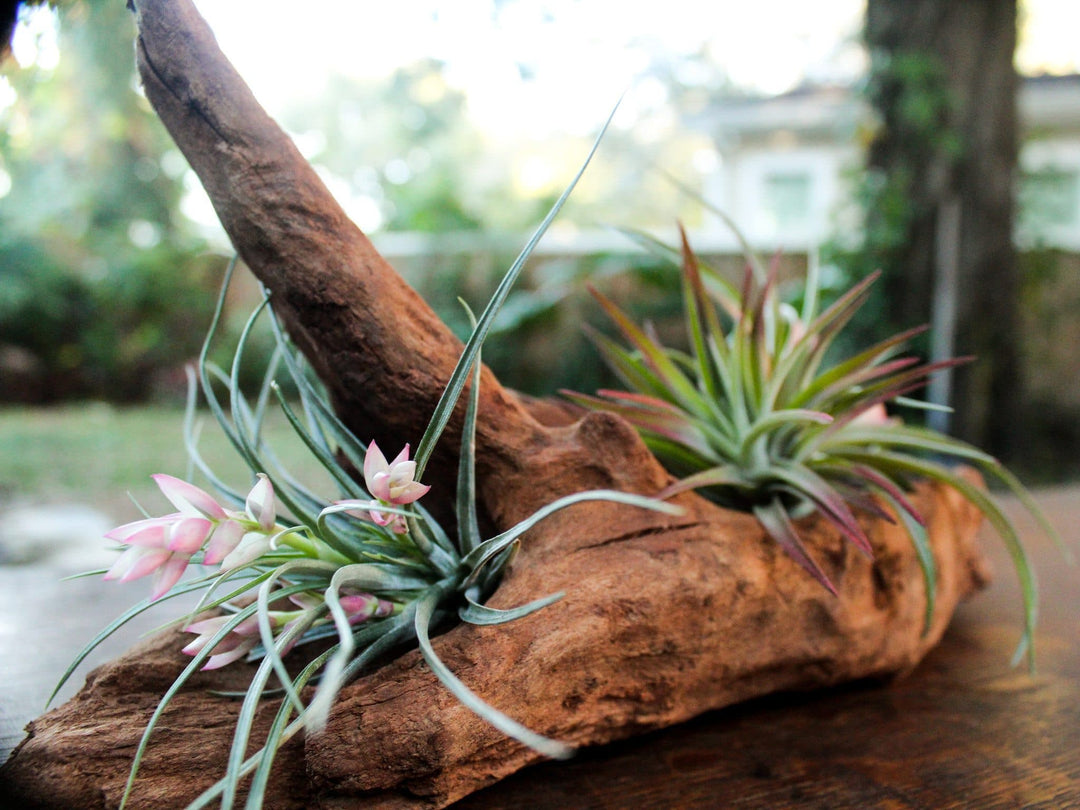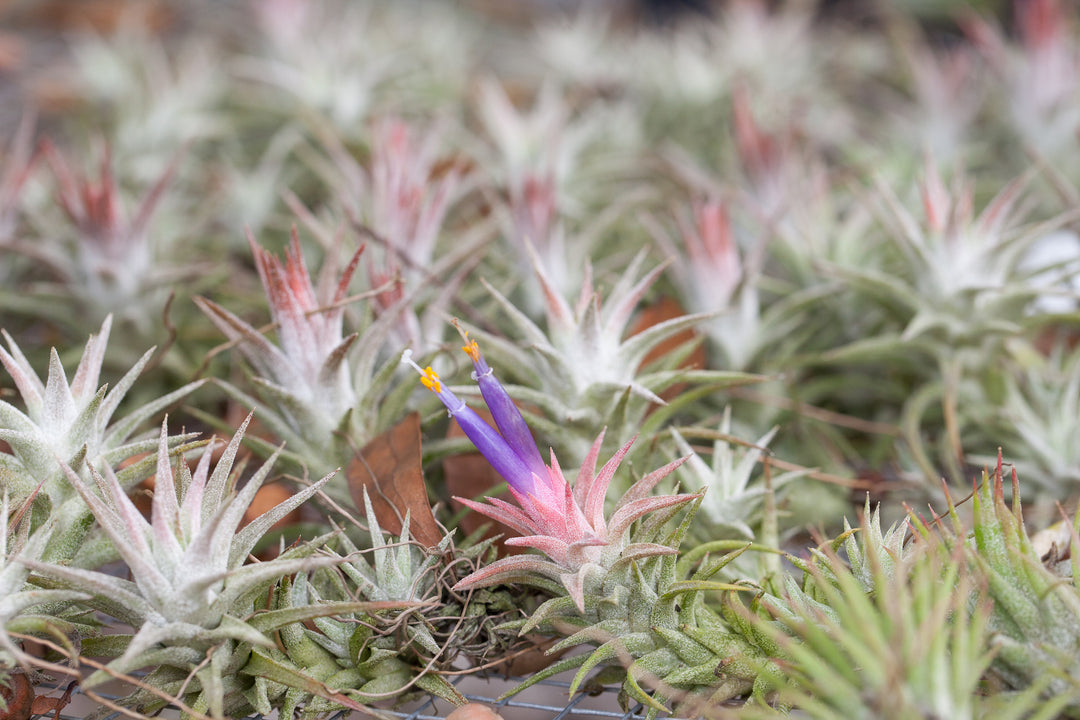Tillandsia Trichomes-In Depth
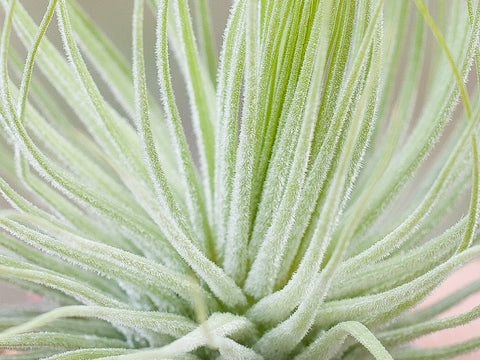
Trichomes. You know, the little hairs that allow your air plant to absorb nutrients and water from the air. We have a blog post that is all about trichomes, but we wanted to delve a little deeper into the topic. What really interested us was the question, what does a trichome look like? We can see that air plants that have abundant trichomes that make them look extra fuzzy, but what do the trichomes themselves look like microscopically?
As you can see in the photo, trichomes look like little nails with a hollow area in the middle. This hollow area is where it all happens.Trichomes themselves start out as living plant cells, but they undergo a process of programmed cell death which leaves them hollow as you can see below.
When water from rain, fog, mist, etc. comes in contact with these hollow trichomes, they swell up and absorb the water. As they get saturated with water, they actually flatten out along the leaf and create a thin film of water along the leaf which allows for more water absorption.
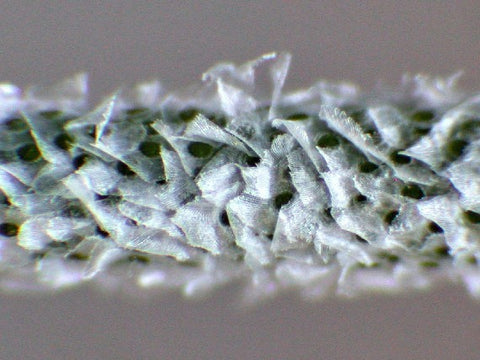
Microscopic image of T. tectorum trichomes from botany.cz
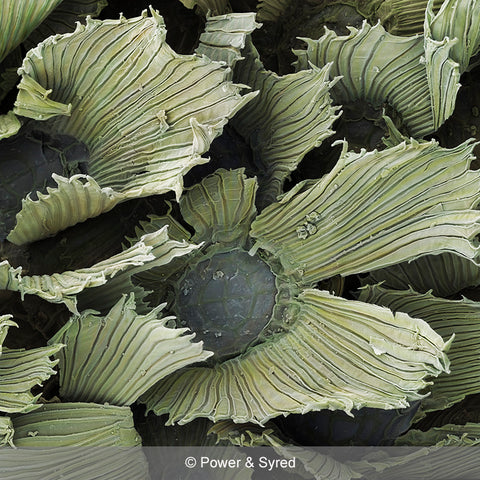
Microscopic image of Tillandsia trichomes
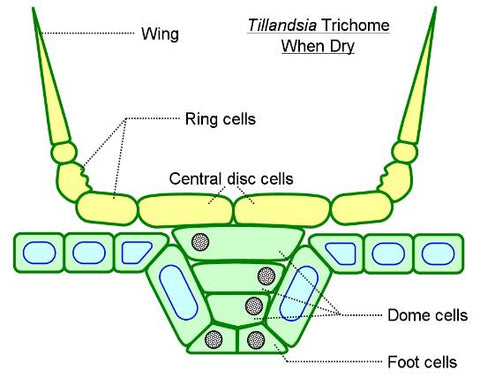
The diagram below shows what a Tillandsia trichome looks like when it is saturated with water.

Diagrams found HERE
Some people mistakenly think that their plants have mold or a fungus on them due to the white frosted appearance of some plants that have abundant trichomes. But this isn’t the case at all! Some plants have more trichomes than others due to the environment that they are from which is why some air plants are more silvery in appearance. Xeric air plants will have more abundant trichomes vs a mesic plant which is generally more green and found in areas that have more moisture. You can learn more about the differences in our Mesic vs Xeric Air Plant article.

Trichomes are highly reflective when dry, which means that they help protect plants from the sun in drier, windy, or hot areas and from losing their hard earned moisture. Plants such as the tectorum or stellifera are prime examples of plants that would be found in drier climates and have adapted to have an abundance of trichomes to not only protect them, but to get every last drop of moisture and nutrients from the air that they can.

A fuzzy Tillandsia tectorum ecuador.
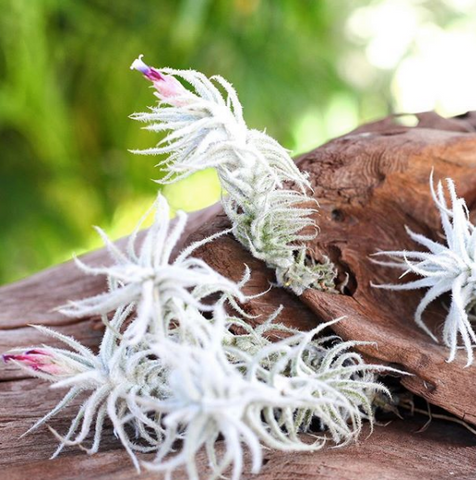
The Tillandsia stellifera are caulescent air plants covered in fuzzy trichomes. These babies like bright light and plenty of air movement, and their trichomes pick up moisture from the air so they need less water.
Unfortunately, if the trichomes of a plant are damaged, they do not grow back. Be sure to be careful not to scrape any of the trichomes off of your plant to ensure that it survives and thrives.


